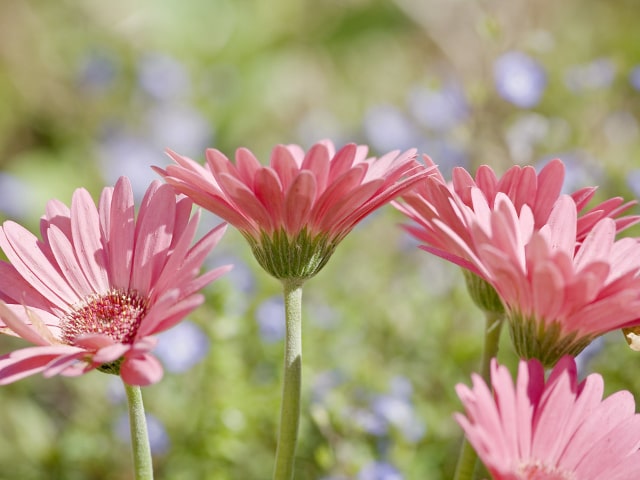
Gerbera Daisy (Gerbera jamesonii) is a gorgeous plant that gives beautiful, daisy-like flowers. Its blooms come in many different colors so they are very varied and can truly make your home look more stunning. The plant, also known as Transvaal daisy, is a gorgeous houseplant you can grow in many different conditions. This is a perfect plant for those who wish to have colorful flowers in their home.
Gerbera Daisy Plant Basics
Gerbera Daisy is known for its gorgeous flowers. The blooms appear on top of tall, single stems. In addition to flowers, this plant grows beautiful, slightly fuzzy foliage that looks amazing next to the blooms.
This plant can grow a lot. Depending on the variety, it can reach anything between 8 and 24 inches in maturity. It is important to know which variety you have or which one you wish to grow in your home because this is the only way to get the Gerbera Daisy of the size you want. You can easily end up with a smaller or a larger plant than anticipated if you don't ask about the variety when purchasing this gorgeous plant.
Another thing you need to remember about Gerbera Daisy is that it's not really an annual plant, even though it's often grown as one. On the contrary, this plant is perennial. This is yet another thing to keep in mind when deciding to grow this plant.
The U.S. Department of Agriculture lists Gerbera Daisy as suitable for climate zones 8 to 11. Keep this in mind, especially if you wish to keep your plant outdoors. It is vital to provide your Gerbera Daisy with the appropriate climate conditions and other things it needs to thrive. This is the only way to make it bloom and produce those amazing flowers.
If you want to plant your Gerbera Daisy in the garden, make sure to do it in the spring when it's warm enough. You need to do it after all danger of frosts have passed. These plants cannot tolerate frost well so in order to make them thrive you need to plant them only when outside temperatures are high enough. At the same time, don't wait until it's too hot, either: a nice spring temperature is the best for these plants.
How to Plant Your Gerbera Daisy Outdoors
Planting Gerbera Daisies outdoors is not complicated, but you need to follow some basic steps. This is the only way to ensure that your plants are not damaged or hurt during planting and the recovery time after planting.
As mentioned above, make sure that the outside temperatures are high enough or else your Gerbera Daisies can suffer from cold. It is very important that all the danger of frosts have passed before you plant your Gerbera Daisies outdoors.
If you want to plant your Gerbera Daisies, there are some simple steps you need to follow:
- Find a good spot. You need to find a good place in your garden to plant your Gerbera Daisies. Keep in mind that these plants prefer bright sunlight but they can benefit a lot from afternoon shade if you live in a hot climate.
- Prepare the soil. The first step you need to make is to prepare the soil for planting. Spade the soil to the depth of about 8 to 10 inches. After this, dig in about 1 to 2 inches of organic matter into the hole. Good things to use are compost or manure.
- Carefully take your Gerbera Daisy and plant it into the prepared location. Make sure to do it gently as to not damage the plant. Make sure that the crown of the plant is slightly above the ground level. The crown is the point where the main stem of the plant meet the roots. This point has to be above the ground because covering the crown can make the plant to suffocate. Keep this in mind when planting your Gerbera Daisy.
- Space them out. When planting more than one Gerbera Daisy (which is a standard procedure), make sure to leave at least 18 to 24 inches of space between the plants. This is the only way to give each individual plant enough space to grow and thrive.
Caring For Your Gerbera Daisy after Planting
After your Gerbera Daisies are planted you need to think of a few basic things. You need to provide them with some basic care to make them thrive and produce gorgeous flowers. Caring for Gerbera Daisies is not difficult.
Here are the basic steps you need to take when caring for your Gerbera Daisy after planting it outdoors:
- Water your plants regularly. This is vital to do during the blooming season. It is also one of the main steps to take if you wish your plant to produce those gorgeous flowers. When planting, make sure to soak the roots fully. After this, allow the top of the soil and the crow to dry before you water your Gerbera Daisy again.
- Fertilize monthly. Another important thing is to fertilize your Gerbera Daisy on a monthly basis throughout the growing season. The best fertilizer to use is balanced, general purpose garden fertilizer. In other words, you don't have to use any fancy stuff. Alternatively, you may use a time-release fertilizer every 6 to 8 weeks.
- Mulch. In order to make your Gerbera Daisy thrive, it is important to spread some natural mulch on it. Use about 1 to 2 inches of mulch around the base of the plant. Apply mulch in spring. The best natural mulch to use is compost or shredded bark. When applying mulch, make sure you are careful. You need to leave some span of bare ground around the crown. Never apply mulch directly to the base and crown of the plant!
- Remove blooms when they wilt. This is extremely important. Remove all the blooms as soon as they wilt. It prevents the plant from setting seed early in the season. To remove the wilted flowers, simply pinch or cut the bloom along with the stem, down to the next step, leaf or bud.
- Replant your Gerbera Daisy every other year. This is an extremely important step. You need to dig up and replant your Gerbera Daisy every other year. You will notice that it is time when the crown sinks under the soil's surface. It mainly happens due to the weather and repeated watering. When this happens, simply dig the plant up carefully. It is best to use a garden fork for this purpose. This way, there is a less risk of causing damage to the roots. You need to handle your Gerbera Daisy carefully when you dig it up and replant it elsewhere.
Photo credit: George Thomas
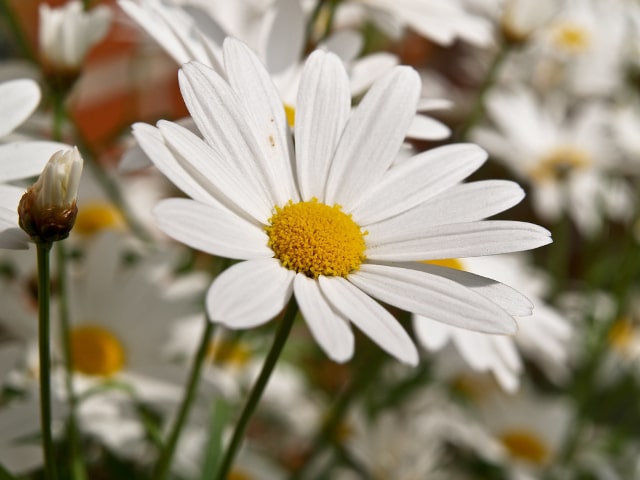
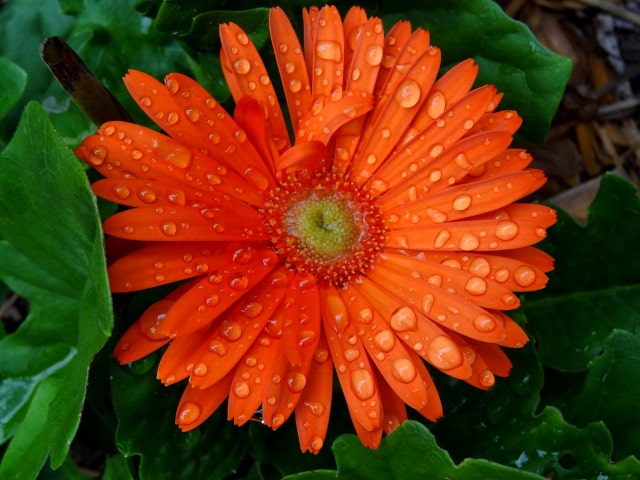
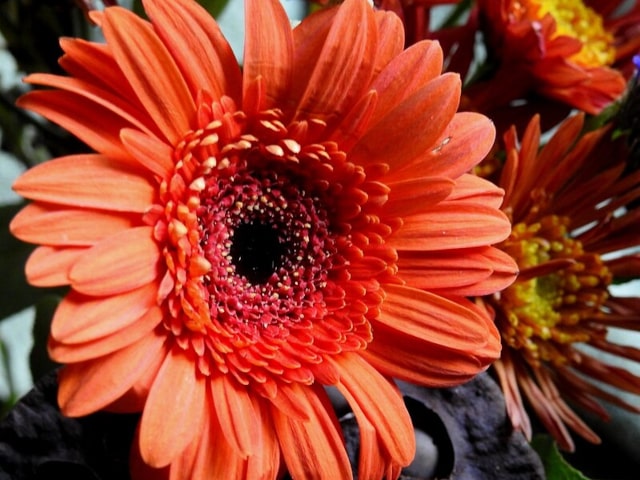
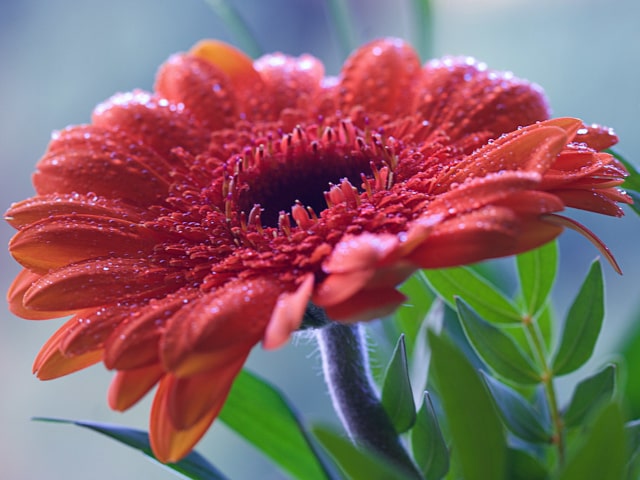
4 Comments
I want to know if deer or other animals will eat Gerbera Daisies? I want to plant mine outside, but I live in the country with many deer passing through my property.
Great directions. Can't wait to start planting.
I bought four very healthy Gerbera daisies plants about the middle of May this year. I planted them as you said. After about a week it began to rain, and we have had much rain since. One by one my plants died. I think it was they stayed too wet. Do you agree? I have bought more plants, and I hope they do better. They are in a sunny place with good soil, but I have read that they do not like too much water. How do you know how much is too much?